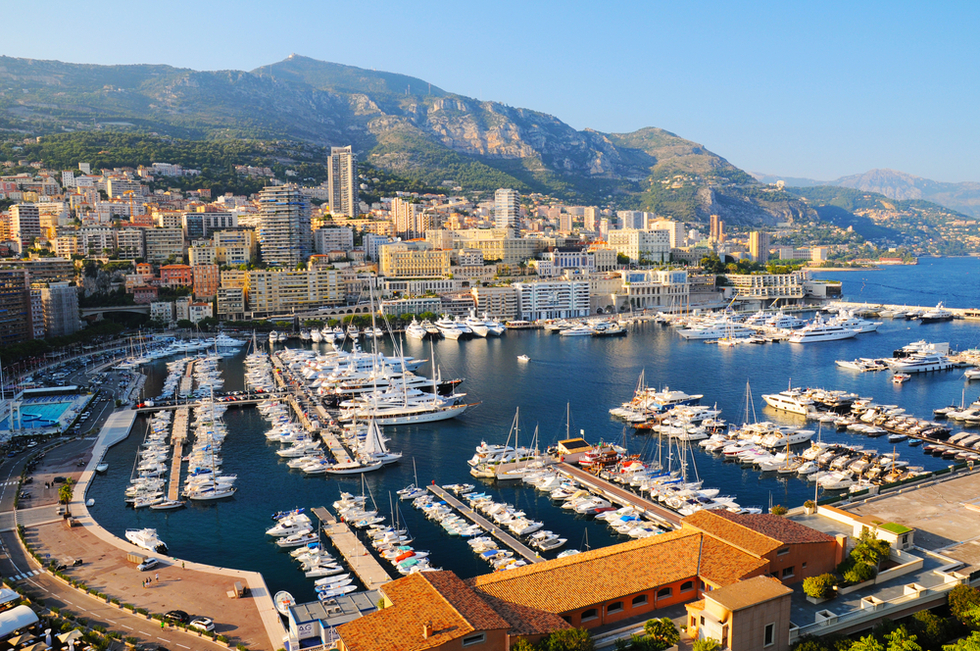Monaco’s main sights—including its glamorous port, casino, and hotels—are clustered around the pedestrianized place du Casino. Its principal museums, including the Prince’s Palace and Oceanographic Museum, are situated on the history-laden rock of Monaco-Ville.
Life still focuses on the Casino de Monte-Carlo and we have a full write up of that historic gaming palace here.
On the western side of Monaco, reachable by a picturesque coastal trail cut into the coastline’s rocks, is the Villa les Camélias, 17 av. Raymond Gramaglia, Cap d’Ail (www.villalescamelias.com; tel. 04-93-98-36-57). A local history museum, albeit one with astounding sea views and a private swimming pool, the villa charts the history of this Monaco suburb by way of photographs, handwritten notes from regular visitor Sir Winston Churchill, and even a calling card from a glamorous local bordello. It’s open Tuesday to Friday 9:30am to 12:30pm and 1:30 to 6pm, and Sunday 11am to 6pm. Admission is 9€ adults, 5€ for children aged 12 to 18, and free for children 11 and under.
Note: This information was accurate when it was published, but can change without notice. Please be sure to confirm all rates and details directly with the companies in question before planning your trip.









